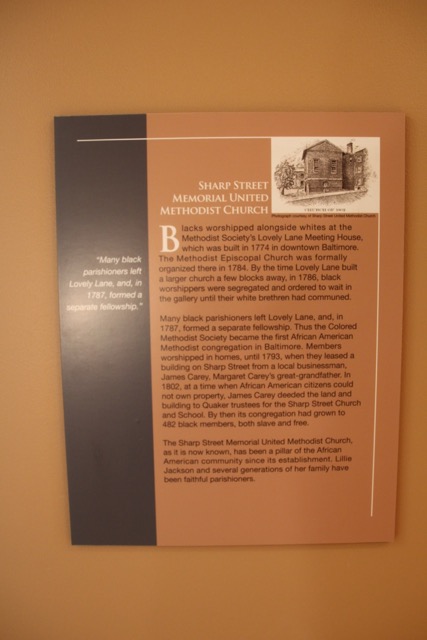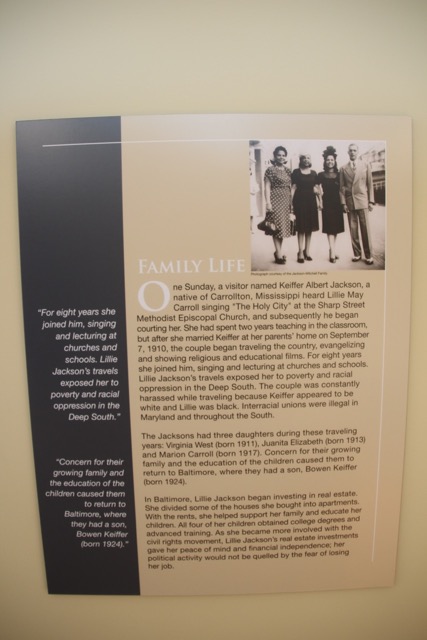Dr. Eric Conway writes:
Hello Morgan Fine Arts Community,
Yesterday
was a great day for Baltimore! Morgan State Univeristy hosted a
ribbon-cutting ceremony and reception at the Lillie Carroll Jackson
Civil Rights Museum (see invitation and program attached).
Lillie
Carroll Jackson was known as the mother of the civil rights movement
(1989-1975). She was the president of the Baltimore Chapter of the
NAACP for over thirty-five years (1935-1970). During her tenure as
president she worked along Thurgood Marshall during landmark civil
rights litigation including the Murray v. Pearson case removing the
color barrier from admission to the Univeristy of Maryland School of
Law. She was a trailblazer in developing strategies of non-violence to
defeat racial segregation during the civil rights movement. Certainly
these tactics must have influenced Dr. Martin Luther King in his
leadership of non-violence response to racism.
The
Lillie Carroll Jackson will stated that she wanted her house of
twenty-two years on 1320 Eutaw Street, where countless campaigns were
organized, to be converted into a civil rights museum after her death.
In 1976 it was opened to the public, however, after years of lack of
maintenance without proper financial backing, the museum was forced to
close in early 1990s. In 1997, Morgan State Univeristy took
responsibility for the facility. After receiving a grant from the state
of Maryland, Morgan oversaw the substantial renovation and re-opening
of the museum.
Although
yesterday happened to be one of the hottest days of the season, the
over three hundred persons in attendance gladly were present to visibly
see the re-opening of the museum. The Dean of the College of Liberal
Arts, Pamela Scott-Johnson presided over the ceremony with opening
remarks from Morgan’s President, Dr. David Wilson and surviving family
members. Lillie Carrol Jackson’s daughter Juanita, who was the first
African American woman to practice law in Maryland, happened to marry
Clarence M. Mitchell, Jr., so many members of the Mitchell family were
present to reminiscence in this familiar family property.
As
a native Baltimorean, I learned much about the significant part
Baltimore and Morgan played in the civil rights struggle both locally
and nationally. Currently, the museum is only open for tours by
appointment, however, I am certain with the vibrant new systems and
interactive exhibits displayed, this will become another must-see
Baltimore museum along side of the Reginald Lewis Museum of Maryland
African American History and Culture.
See
attached some photos to give you a sense of this great treasure. Also
see below a link to a Baltimore Sun newspaper article sharing the
opening reception, much more eloquently than I can recount.
EC
Link to Baltimore Sun Newspaper Article:






























No comments:
Post a Comment